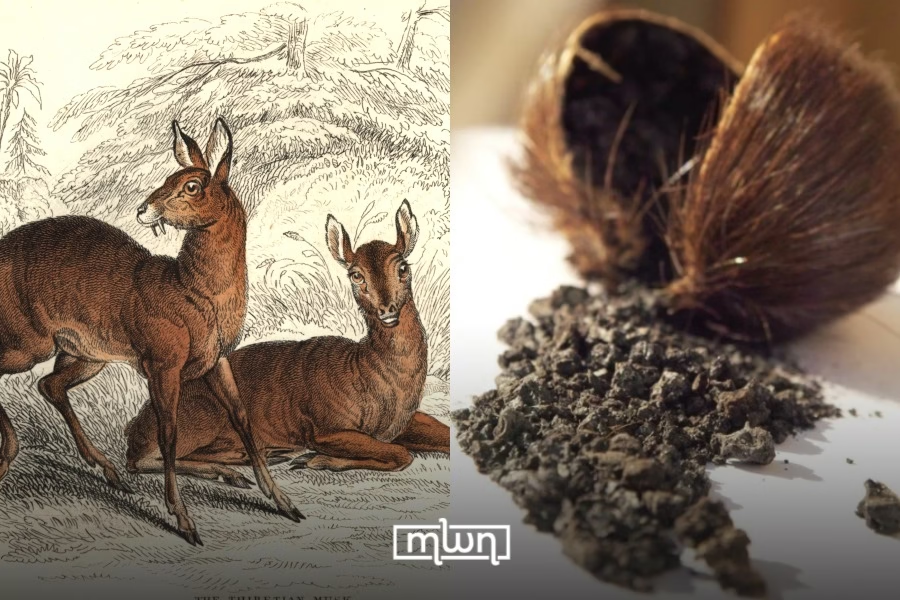Luxurious, alluring, and complex; musk has captivated perfumers for centuries. But how is it made?
Fez–Musk has long been a cornerstone of the fragrance industry, adding depth, warmth, and a touch of mystery to perfumes and cosmetics.
But behind this luxurious scent lies a fascinating journey, from its natural origins to synthetic innovations.
Natural musk:
For centuries, natural musk was the gold standard in perfumery. It originates primarily from the musk deer, which secretes a fragrant substance from a specialized gland.
Similarly, certain species of antelope produce musky compounds, while some plants, like white carnation, mimic the scent.
Natural musk is revered for its richness and ability to enhance other fragrance notes. Beyond perfumes, it’s found in high-end skincare and hair care products, where it adds a luxurious touch and long-lasting appeal.
Traditional musk extraction involved hunting musk deer, an unsustainable practice that has led to population declines and conservation concerns. Due to these ethical and environmental challenges, natural musk is now largely restricted, with many brands shifting toward sustainable alternatives.
Plant-based musk:
Nature offers another pathway to musk-like scents through plants. White carnation and ambrette seeds are among the botanical sources containing musky compounds.
These plants undergo processes like steam distillation or solvent extraction to isolate the desired aromatic molecules.
Plant-based musk is a more ethical and eco-friendly alternative, making it a popular choice for brands seeking natural yet sustainable fragrance solutions.
Synthetic musk:
With the decline of animal-derived musk, science stepped in to recreate its olfactory magic.
Synthetic musk is crafted in laboratories using advanced chemical techniques, often derived from petroleum-based compounds.
The result? A musky scent that closely resembles the natural version, without ethical concerns.
Why synthetic musk dominates the market
Sustainability: Unlike animal musk, synthetic versions don’t threaten wildlife.
Consistency: Natural musk can vary in quality, but lab-created musk maintains a uniform scent profile.
Versatility: Synthetic musk can be tailored to different fragrance compositions, offering endless creative possibilities.
As the fragrance industry evolves, musk remains an indispensable ingredient. While traditional natural musk holds a nostalgic charm, modern innovations in synthetic and plant-based alternatives are redefining its role.
With sustainability at the forefront, perfumers continue to push boundaries, ensuring that musk’s enchanting aroma remains a staple for generations to come.
From its origins in nature to cutting-edge lab creations, musk’s journey is as captivating as the scent itself, a true testament to its timeless allure.
Read more: “Rahma”: A Gripping Ramadan Drama Shedding Light on Women’s Struggles
















